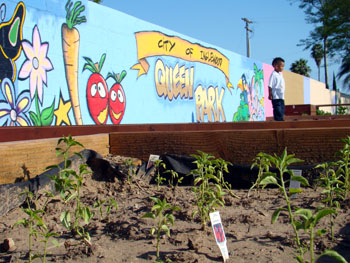 Marshall Tuck, candidate for state superintendent of public instruction, checked up on Animo Inglewood Charter High School Thursday as part of his statewide bus tour. The campaign stop was extra special for Tuck, as he helped found the school in the early 2000s.
Marshall Tuck, candidate for state superintendent of public instruction, checked up on Animo Inglewood Charter High School Thursday as part of his statewide bus tour. The campaign stop was extra special for Tuck, as he helped found the school in the early 2000s.
Take a listen to his visit in an audio piece for Annenberg Radio News:
Tuck and incumbent Tom Torlakson are in a tight race for the nonpartisan superintendent job, with Tuck up by three points in the latest poll. The race has crystalized divisions within the Democratic party over education reform.












 Listen to the audio story from Annenberg Radio News:
Listen to the audio story from Annenberg Radio News: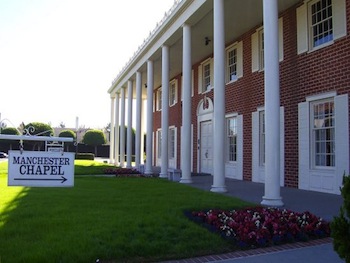 Inglewood Park Cemetery Mortuary. Courtesy of Inglewood Park Cemetery’s website.
Inglewood Park Cemetery Mortuary. Courtesy of Inglewood Park Cemetery’s website.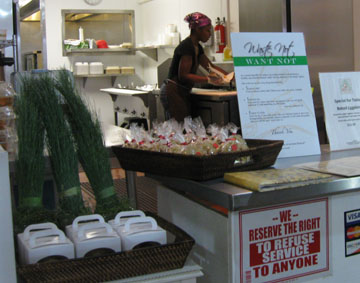 Latisha Jordan stands in front of the grill at Stuff I Eat heating up some tortillas.
Latisha Jordan stands in front of the grill at Stuff I Eat heating up some tortillas. 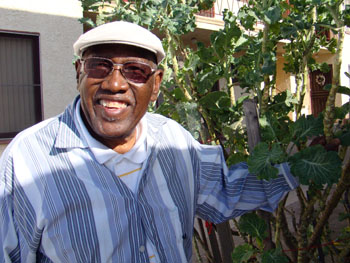
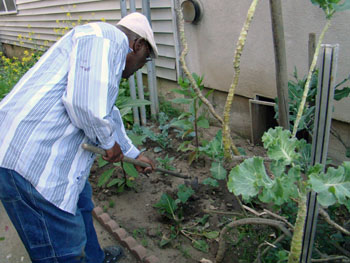 Scroggins and his Queen Street neighbors considered the idea of a community garden for years, although the nearby park was a challenge because of its rundown facilities. In March, they got their chance: Queen Park received a makeover with new playground equipment from KaBOOM!, a Disney-sponsored nonprofit that creates playgrounds in low-income residential areas.
Scroggins and his Queen Street neighbors considered the idea of a community garden for years, although the nearby park was a challenge because of its rundown facilities. In March, they got their chance: Queen Park received a makeover with new playground equipment from KaBOOM!, a Disney-sponsored nonprofit that creates playgrounds in low-income residential areas. 
